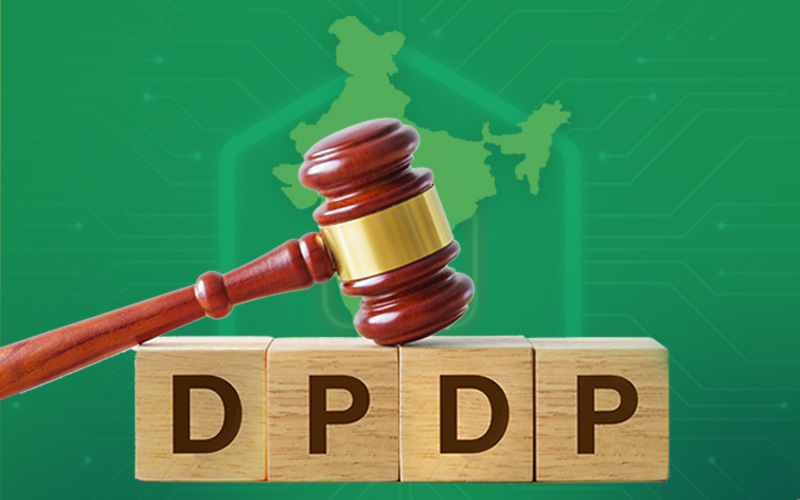Owing to the strategic decisions, plans, roadmaps, mergers and acquisitions, business need to grow and expand which makes them heavily rely on Third Party Service providers, vendors, suppliers and partners. This definitely enables an organization to bring in efficiency and cost savings, generate more business and gain client trust. Doing business with them can also expose an organization to risks and challenges that can be a hindrance to achieving its objectives. The ever-growing dependency on Third Parties can disrupt business in many ways. In this blog, we will explore and discuss disruptions and strategies to address and manage these.
Drivers for a high adoption of Third Party products and services
Subject Matter Expertise: As business requirements become more challenging and complex, companies need to leverage on the expertise offered by Third parties in areas such as Software development, marketing, migration, logistics etc.
Expansion across geographies: Companies expand into newer geographies to extend their offerings and compete in the market to make their place. They look for local suppliers, service providers, and partners to meet their requirements and address challenges
Outsourcing: When organizations need to focus on their core offering, to meet the customer requirements on the non-core offerings, companies leverage Third Parties to outsource their work
Advancement in Technology: The adoption of Digital transformation, has increased the need for more companies to help businesses transform. Thus, driving the need for Third Parties.
Disruption
Cybersecurity Risks: Third Parties with weak security postures can pose a threat and expose an organization to risk leading to information exposure from incidents or breaches. Such risks can result in loss of business, negatively impact the reputation and be subjected to regulatory fines.
Data Privacy Concerns: As data moves out of the organization into the hands of Third Parties, it becomes increasingly difficult to manage and have oversight. This only increases with the number of Third Parties
Supply-chain disruptions: Industries such as manufacturing and automobile incur heavy losses in revenue and business due to supply chain disruptions such as natural disasters, civil unrest, economic crisis, war and geo-political tensions.
Collateral is quality: Organizations do not have full control of the performance and quality of products and services offered by their Third Parties which can impact client satisfaction and brand reputation.
Regulatory compliance: Major businesses have a presence across geographies. Managing Third Party risks arising due to regulatory non-compliance can be a daunting task
Budget: lack of due diligence during the onboarding and during the contract negotiation phase can result in unexpected and unforeseen costs




